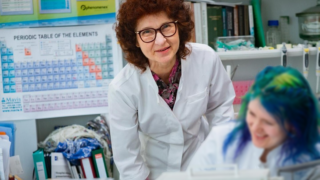Members

Head of the research team
Publications
Projects
Recognitions
Popular science communication of the year from School of Science, Tallinn University of Technology. Diploma and monetary recognition awarded for a series of articles detailing the search for anti-Borrelia phytochemicals.
Monetary recognition for the publication of the article “Phytochemical Screening and Antioxidant Activity of Selected Estonian Galium Species” in a Q1 journal “Molecules” from Tallinn University of Technology.
Popular science communication of the year from School of Science, Tallinn University of Technology. Diploma and monetary recognition (1000€) awarded for a series of articles detailing the search for anti-Borrelia phytochemicals.